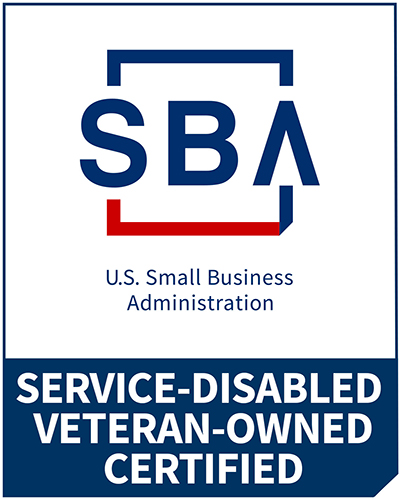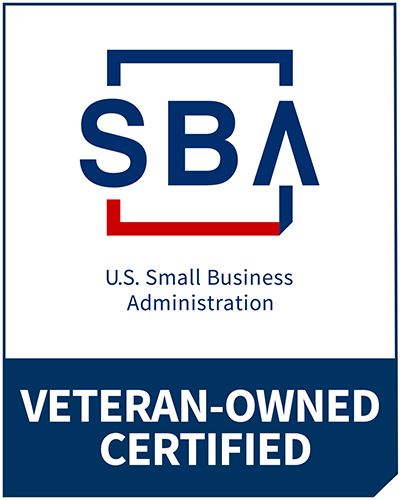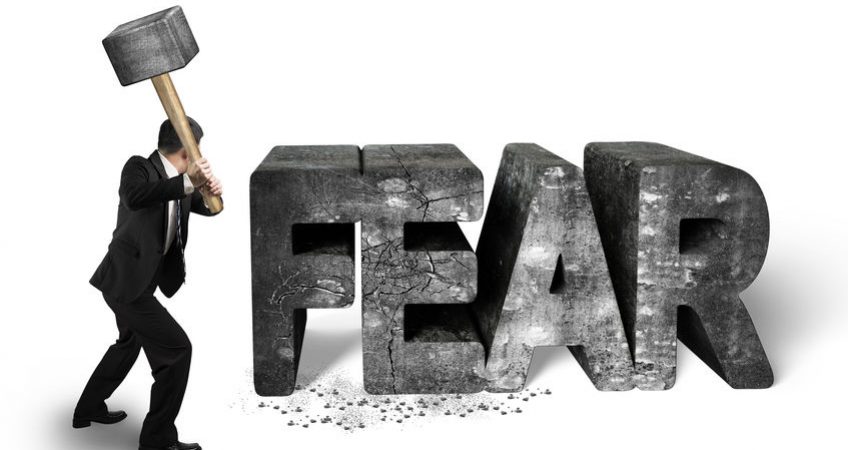By Dr. Altyn Clark, Executive Director, Applied Engineering
Every leader dreams of making a difference in the world around them and being acknowledged as a valuable person.
Every leader also has some degree of fear about making a difference and truly being seen by others.
Our leadership fears and the very things we dream of are interwoven!
Leaders are good at hiding their fear, but fear is universal. You can’t make the fear go away. You can, however, notice your fears, acknowledge them, name them, and learn to dance with them. There are three ways to deal with the leadership fear you feel. You know the first two, they are instinctual, flight or fight:
F.E.A.R. = Forget Everything And Run (flight). In professional settings this response often shows up as avoidance, delay, or reluctance to change.
F.E.A.R. = Face Everything And React (fight). This response often shows up as aggression, dismissiveness, or outspoken objections about change.
There is a third and helpful way you can learn:
F.E.A.R. = Feel Everything And …(insert time for a deep breath of possibility)…Respond.
Pause to acknowledge that you are feeling a professional fear, calmly consider your options, and select one that is a brave step in the right direction. That way lies insight, not flight or fight. With practice, you can observe feeling fearful like you observe feeling sleepy or hungry and choose helpful next steps.
In some ways, we are all in the profession of marketing and sales. We are “selling,” or offering the world, our ideas, our creative designs, our emotions, our behaviors, our skills—hoping that the world “gets” us and will “buy” what we have to offer as leaders.
Selling yourself—your business solutions, your ideas for positive change—is hard because not only are you afraid, but your stakeholders are also afraid. Buying into your great new idea, product, or trend means change. This change involves risk and risk triggers fear.
Those who are avoiding, delaying, or hindering the work you want to get done are simply afraid. They don’t yet perceive enough benefits to overcome the risk they would be taking to do the new thing you want them to.
One way to overcome stakeholder fear is to build trust, to put enough advantages on the table in a safe way that you convince them the risk is worth it. In a humble service-oriented way, keep offering people things you think they will value until you finally build enough trust that they can overcome their fear about convening the meeting or making the decision. “Oh, you can take that off my plate? If you can do that for me, then I’m willing to convene the team and spend some time on measurement too.” Then you have them!— Increasing trust helps people get through their fear.
Sometimes the brave dominant person must be the one to step back and create emotional space where connection and collaboration can be the response instead of avoidance or aggression.
Why does this matter? Collectively leaders are the catalysts for implementing programs that are vital to our enterprise interests. Without us, the change won’t happen. And it’s a marketing and sales job. As consultants, action officers, and program leaders, we need to train to sell our ideas—persistent, repetitive failure is training for success.
We must overcome our own fears to enable us to ease the fears of our stakeholders.
Fear is the big roadblock: our fear and their fear. The other roadblock is, it’s complicated. People and organizational systems are inextricably interconnected. Cause and effect are not closely related in time and space. Small changes can produce big results – intended or unintended results—and the areas of highest leverage are often the least obvious.
How do you spell F.E.A.R.?



